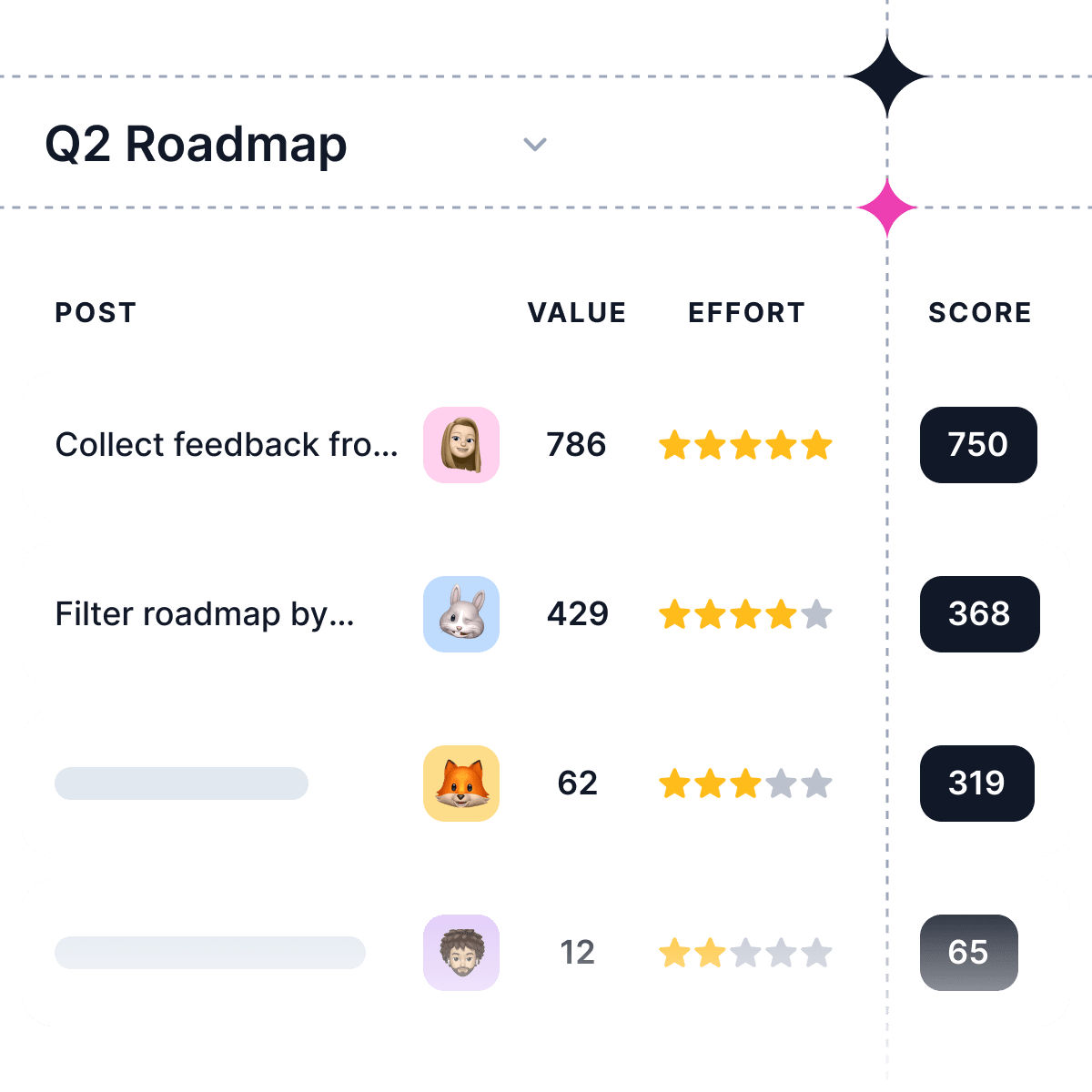What is the AARRR framework?
The AARRR metrics framework, also called pirate metrics or the AARRR funnel, is a set of actionable metrics that help SaaS companies measure the performance of customer acquisition, activation, retention, and revenue growth.
It was developed by Dave McClure and his team at 500 Startups, and it's one of the most well-known frameworks for measuring a startup's growth.
The acronym stands for acquisition, activation, retention, referral, and revenue.
The AARRR framework is a powerful tool for startups and small businesses to track their revenue, acquisition, activation, retention, referral, and revenue (or ARR). It's also known as the Pirate Metrics Framework.
All of these metrics can be measured by looking at user activity on your website and app. You'll want to track things like sign-ups, logins, active users, revenue per user (RPU), and revenue growth.
The goal of this framework is to make sure your startup is focused on getting customers who will stick around and spread the word about how awesome your business is—and ideally do so without having to pay for advertising or promotion.
What do AARRR metrics stand for?
The AARRR framework is a way to track the success of your product or service.
AARRR stands for:
Acquisition - How you acquire new customers
Activation - How well the customer uses the product after they've purchased it (or signed up)
Retention - How long the customer continues to use your product or service
Revenue - The amount of money you make from each customer over time
Referral - How many people recommend your product or service to others (and how many of those recommendations result in sales)
You can use this framework to track metrics like conversion rates and churn rates, as well as user retention and engagement.
AARRR metrics for product-led SaaS
AARRR metrics for SaaS are an incredibly powerful way to measure the performance of your product-led SaaS business. It lets you know what's working, what isn't, and why. It gives you a clear picture of your customer lifecycle and helps you make better decisions about how to optimize for growth.
The AARRR framework is a simple yet effective way to measure your SaaS business' performance by focusing on five main stages: Acquisition, Activation, Retention, Revenue, and Referral (AARRR).
Some companies use the AARRR framework as a standalone tool. Others find it helpful as a part of a more comprehensive growth strategy. Either way, understanding how this framework works will help you set goals, evaluate success, and make adjustments as needed.
How does the AARRR pirate metrics framework work?
The AARRR framework helps entrepreneurs and investors understand how they can use data to make decisions about their products and services. It also helps them set goals and measure their success in reaching those goals.
1. Acquisition
In other words, where are our users/customers coming from?
The first step in the AARRR framework is to understand how people are finding your product or service. You can do this by tracking where your users come from, what they search for when they find you, and which marketing channels drive the most traffic to your site.
What makes a user have a great first experience with your product?
Acquisition includes the following areas:
-
Search engine optimization (SEO)
-
Paid advertising (PPC and social media)
-
Social media marketing
-
Content creation
-
Inbound marketing
2. Activation
Activation — “How good is the user’s / customer’s first experience?”
The first experience is critical. If the user doesn't have a good experience, they won't come back - it's as simple as that! You want to give users something that is fun and exciting right away so they can see what your product or service has to offer.
The best way to do this is by making sure there are no bugs or errors in the system, ensuring clear instructions on how things work, and making sure people can understand what they're doing without having someone explain it every step of the way (this makes them feel stupid).
Some of the metrics under activation are:
-
How many people visit your site?
-
How many people sign up for your service?
-
How many people share their experiences on social media?
-
What is the conversion rate from a free trial to a paid subscription (if applicable)?
3. Retention
Retention — “How many of your customers are you retaining and why are you losing the others?”
The retention metric is the most important one as it shows how many users have come back to your product. If you are able to retain most of your users, then you can be sure that your business is doing well and has a bright future ahead.
In order to retain users, you need to ensure that they have a good experience with your product and want to come back again. But how do we achieve this? Well, there are several ways in which you can re-engage users with a personalized experience:
-
Create a personalization strategy
-
Personalize the product experience
-
Use push notifications wisely
-
Personalized emails (for those who have opted-in)
-
Personalized emails after each user session
4. Referral
Referral — “How can you turn your customers into your advocates?” The best way to grow a business is through referrals. You can get more customers by asking your current customers for their friends’ contact details or even by incentivizing them with discounts. But the key here is to make sure that you are providing an excellent experience for your customers, so they want to share it with others.
Here are some ways to create a referral program:
-
Provide an easy-to-use referral link on your website or app
-
Offer an incentive to users who refer their friends (e.g., discounts, coupons)
-
Get creative with your referral campaigns—think outside the box!
5. Revenue
Revenue — “How can you increase revenue?”
The final phase of the AARRR pilot metrics framework is revenue, the final step on your customer acquisition journey. Revenue is one of the most important metrics to measure, as it tells you how much money you make from each user (or customer). It’s also an important indicator of how well your business is doing overall.
Revenue is the most straightforward metric to measure. If you have a product or service that generates revenue, then it’s easy to record how much money you make. But even if you don’t charge for your products or services, there are other ways to monetize your customers.
-
Metrics that should be measured in the revenue phase:
-
Average revenue per user (ARPU)
-
Revenue growth rate (RGR)
-
Customer Lifetime Value (CLV)
-
Churn Rate
AARRR vs. RARRA metrics
Both AARRR metrics and RARRA metrics are useful frameworks for thinking about your product, but they're not exactly the same.
Let's take a look at some of the most important differences between the two:
|
|
AARRR metrics |
RARRA metrics |
|
Acronym |
Stands for acquisition, activation, retention, referral, and revenue |
Stands for retention, activation, referral, revenue, and acquisition. |
|
Focus area |
More broadly focused on the user experience. |
More narrowly focused on the customer lifecycle. |
|
Definition |
Framework to measure the performance of your customer acquisition, activation, retention, and revenue growth. |
Framework to measure success (or failure) over time. |
Conclusion
In a nutshell, the AARRR metric is a framework that helps you measure and improve your marketing activities. It's based on the five stages of the customer lifecycle: acquisition, activation, retention, referral, and revenue (AARRR).
The AARRR framework has been used by many companies to optimize their marketing efforts. It can be applied to almost any type of business and will help you understand what works best for your particular audience.
One of the main advantages of using this system is that it gives you some clear goals so you know exactly where your business needs improvement.


